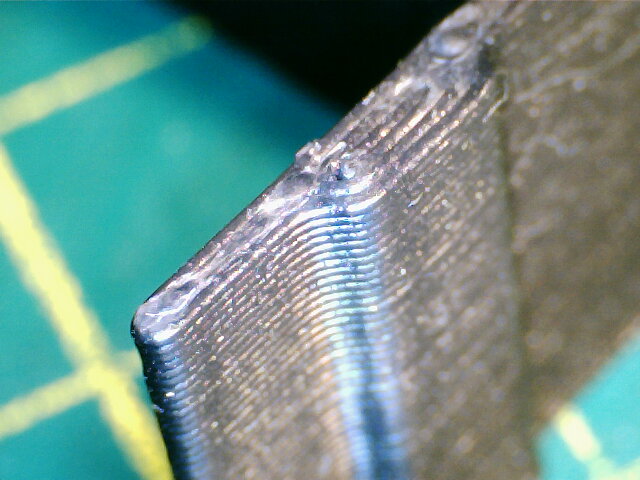If that freehub is constructed like the ones I've taken apart before, you're out of luck. Like you suspected, the teeth lock the rotation of the freehub to the hub, unless the screw in the back is taken out first.
You can try hammering in a (slightly larger) torx key or using an easy-out (probably won't work if it's very tight).
As a last resort, you could try to drill out the screw (only so far that the freehub comes off, you don't want to drill into the hub). Then you should hopefully be left with enough left of screw to grab with a pipe wrench.











A small pair of vernier calipers. I don't use them a lot, but sometimes they come in very handy.